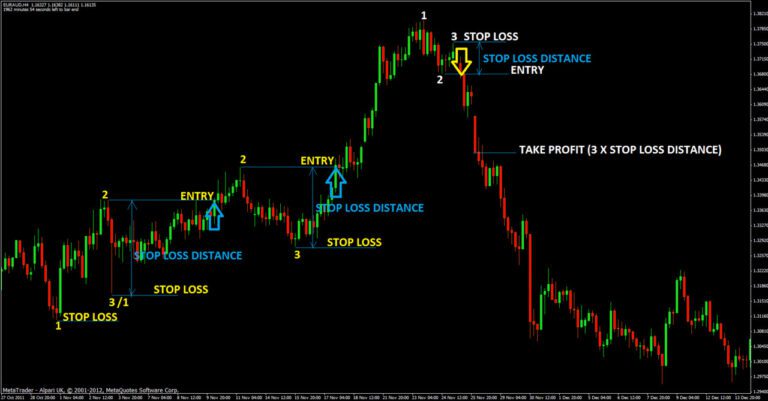The Hidden Power of Currency Pair Relationships in Forex Trading

🔗 Unlocking the Secrets of Currency Pair Relationships in Forex
In Forex trading, analyzing a single pair is just one piece of the puzzle. The real insight comes when you understand how different currency pairs behave in relation to each other—this is known as currency correlation, and it’s a game-changer for traders.
Mastering correlations allows you to predict market patterns, control your exposure, and craft smarter strategies that many beginners overlook.
🤝 What Is a Currency Correlation?
Currency correlation refers to the degree to which two different currency pairs move in sync—or in opposite directions—over a given time frame.
There are two key types:
- Direct (Positive) Correlation: Both pairs generally rise or fall together.
Example: EUR/USD and GBP/USD usually move in the same direction. - Inverse (Negative) Correlation: One pair rises as the other falls.
Example: When EUR/USD goes up, USD/CHF often drops.
Understanding these movements gives you better control over your trading decisions and risk levels.
🎯 Why It Should Matter to You as a Trader
🛑 1. Stop Overlapping Risks
You might think placing trades on multiple pairs means more diversification. But if the pairs are closely linked, you’re basically placing the same bet more than once. That can double your risk without you even knowing it.
🚀 2. Catch Hidden Trade Setups
When typically aligned pairs move in opposite directions, it may indicate temporary market noise—and that can present trade opportunities.
🛡️ 3. Balance with Hedging
Traders often open positions in negatively correlated pairs to offset risk. For example, buying EUR/USD and selling USD/CHF may reduce your net exposure to USD.
📐 Measuring Correlation: The Correlation Coefficient
Correlations are measured numerically between +1 and -1:
- +1.00: Moves in perfect sync
- -1.00: Moves exactly opposite
- 0.00: No relationship
These values shift over time, so it’s smart to use a monthly or weekly correlation matrix to stay current.
👉 Soon on Aeron Info: A real-time correlation matrix tool to help you plan smarter trades. (internal link placeholder)
🔍 Real-World Correlation Examples
| Pair | Common Correlation | Behavior |
|---|---|---|
| EUR/USD | GBP/USD | Positively Aligned |
| EUR/USD | USD/CHF | Inversely Related |
| AUD/USD | NZD/USD | Strong Positive |
| USD/CAD | Crude Oil Prices | Inversely Related |
| USD/JPY | CHF/JPY | Often Linked |
These correlations are based on historical trends, and while they are useful, they can shift with changing global events, central bank decisions, or economic data.
🧠 Trading Tips Using Currency Correlations
- Use correlations to avoid taking on redundant trades.
- Combine correlation analysis with technical or fundamental analysis for better confirmation.
- Recheck correlations regularly, as relationships between currencies can weaken or reverse over time.
📌 Final Thoughts
In the fast-moving Forex world, knowing how one pair relates to another can make the difference between random trades and well-informed decisions.
When you learn how currencies interact, you don’t just trade—you trade with awareness. Whether your goal is to diversify, hedge, or reduce unnecessary risk, currency correlation can give you an edge.
🧭 Don’t Miss These Related Reads on Aeron Info:





